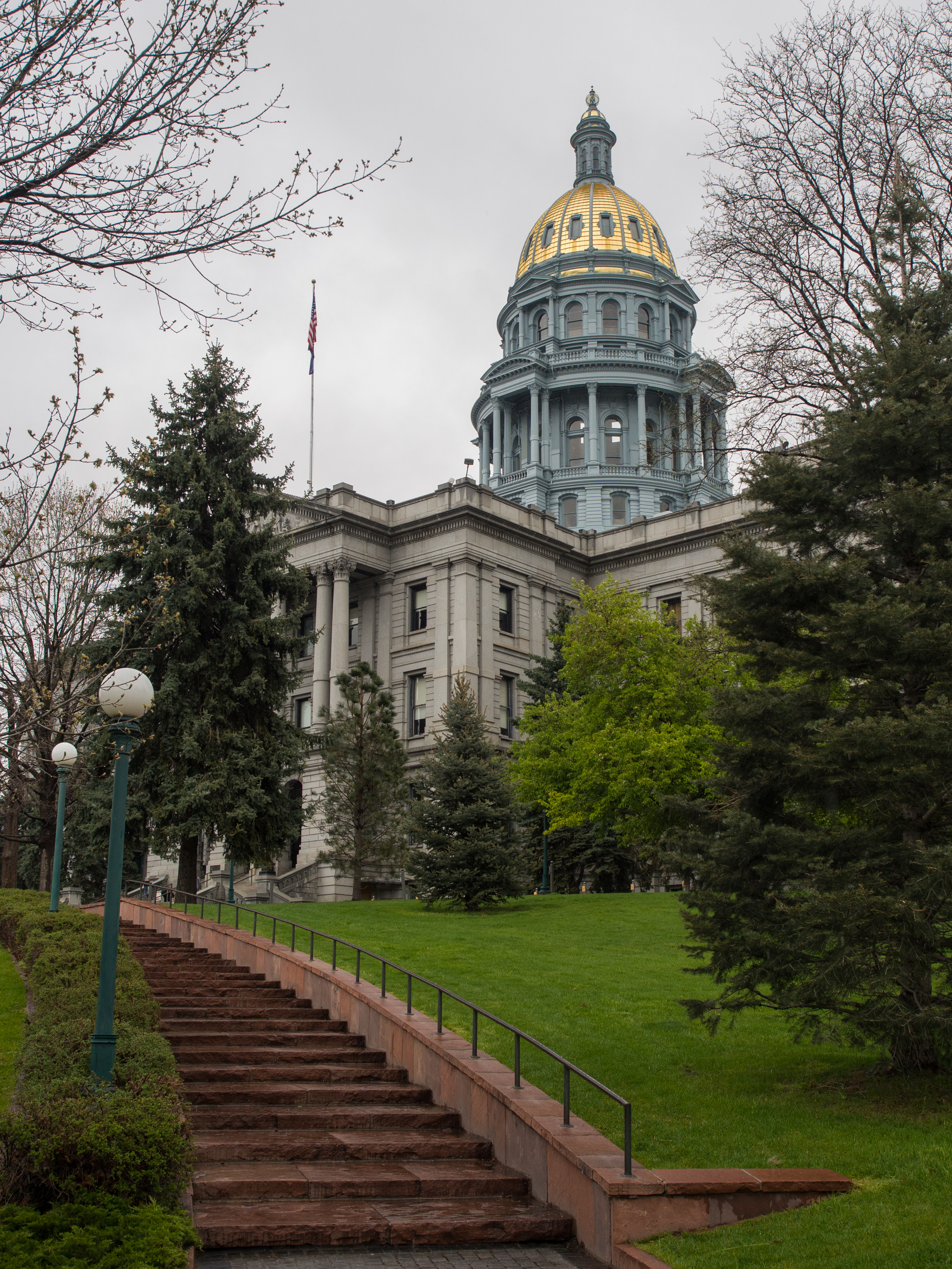Colorado Supreme Court Chief Justice Nathan Coats is retiring in January 2021, when he reaches the mandatory retirement age of 72.
Coats joined the court in 2000 after being appointed by Gov. Bill Owens (R). Before that, he was an appellate deputy district attorney for the Colorado 2nd Judicial District from 1986 to 2000. He was the deputy attorney general from 1983 to 1986 and the assistant attorney general in the appellate section of the Colorado attorney general’s office. Coats obtained his undergraduate degree in economics from the University of Colorado in 1971. In 1977 he earned his J.D. from the University of Colorado Law School.
Under Colorado law, state supreme court justices are selected by the governor with help from a 15-member nominating commission. The commission provides a list of three candidates to the governor, who must choose from that list. Initial terms last at least two years, after which justices must stand for retention in a yes-no election. Subsequent terms last 10 years. Coats’ replacement will be Governor Jared Polis’ (D) first nominee to the seven-member supreme court.
The chief justice of the supreme court is selected by peer vote. Beginning in January 2021, the chief justice will serve for a set term on a rotating basis. As of 2020, the chief justice serves indefinitely as long as he or she has the support of his or her peers.
• Carlos Armando Samour Jr. – Appointed by Gov. Hickenlooper in 2018
In 2021, there will be two supreme court vacancies in two of the 29 states where replacement justices are appointed instead of elected. The vacancies are due to retirements. One vacancy—South Dakota—is in a state where a Republican governor appoints the replacement. The other vacancy—Colorado—is in a state where a Democratic governor appoints the replacement.
In 2020, there have been 19 supreme court vacancies in 16 of the 29 states where replacement justices are appointed instead of elected. The vacancies were caused by retirements. Twelve vacancies are in states where a Democratic governor appoints the replacement. Six are in states where a Republican governor appoints the replacement. One vacancy is in a state where the state supreme court votes to appoint the replacement.


